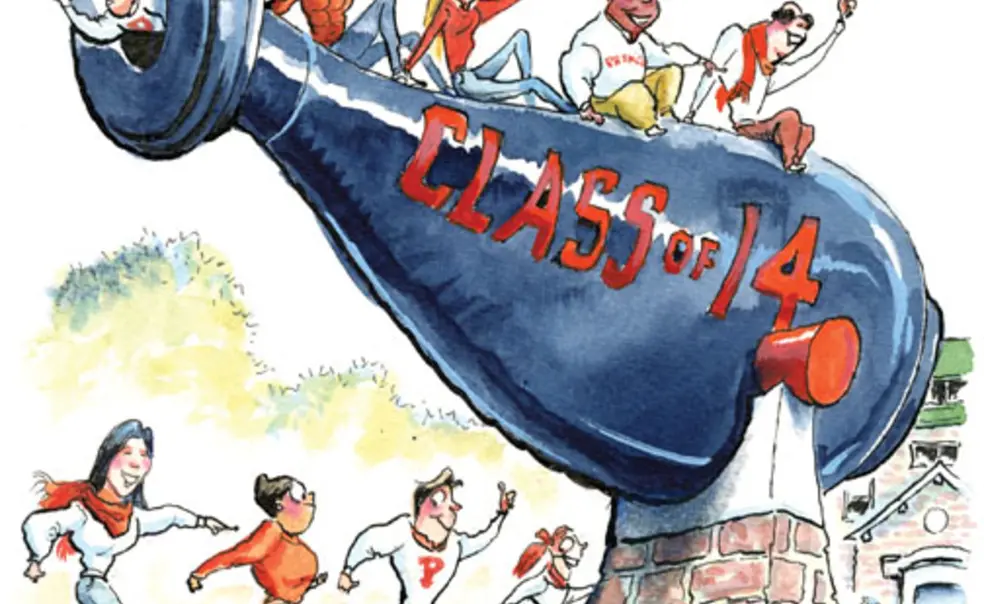Bicker numbers soar as 11th club reopens
February brought good news for Prospect Avenue’s eating clubs, with an increase in sophomore interest in the clubs and a 30 percent jump in the number of those who bickered.
The reopening of Cannon Dial Elm as a bicker club may have attracted students who otherwise would not have joined a club, University vice president and secretary Robert K. Durkee ’69 said in an email.
Outgoing Tower president Joseph Barnett ’12 said Cannon’s presence “pulled from a lot of clubs that tend to have a lot of affiliations.” He said he believed that Cannon “was looking for whole groups of people, so I think clubs that had strongholds for those affiliations before may have been hurt.” One club whose numbers declined was Cottage, with 95 students vying for membership compared to 132 in 2011.
Cannon president Connor Clegg ’14 said he did not feel that the 87 sophomores who joined the club had significantly changed the bicker outcomes at other eating clubs. “The equilibrium was still maintained on the Street,” Clegg said.
Durkee has expressed continued concern about whether student interest is sufficient to ensure the survival of all of the eating clubs.
Jake Sally ’12, chairman of the Interclub Council, said this year’s experience shows that “there is room for 11 clubs on the Street. Each club tends to draw students from different subgroups on campus, and Cannon has found a niche that hasn’t necessarily been tapped in the past.”
The Daily Princetonian reported that 553 sophomores of the 853 who bickered were accepted into one of the six selective eating clubs, while 433 students signed into one of the five nonselective clubs during the first and second rounds. The figures did not include sophomores who signed into Quadrangle Club, which declined to release membership numbers. The total would mean that at least 75 percent of the Class of 2014 are members of a club, compared to 68.5 percent of the Class of 2012 as reported in the University’s Eating Club Task Force report.
Quad announced in January that it would lower its membership fees to match what the University charges for an unlimited residential-college meal plan, a move that drops dues from $8,000 to $5,473 per year. The Prince reported that the club’s first-round sign-ins had risen by nearly 40 percent, but not as much as the club had hoped.
Discussions about reinstituting some form of multiclub bicker — a common practice prior to the 1980s — are continuing among members of club graduate boards and the Eating Club Task Force, Durkee said. As of mid-February, no decisions had been reached, he said.
There were other signs of change on the Street as well. Fifteen Tower Club members signed a “no-pickups pledge” against participating in the eating-club pickups that took place in early February, arguing that the public nature of pickups is insensitive toward rejected bickerees and a burden to Princeton’s maintenance staff, and that members can have fun celebrating new members in other ways.
Barnett said that Tower members largely were respectful of their peers’ decision to abstain from the annual tradition, but that other members conducted pickups as usual for incoming members.
Cap and Gown also has moved away from the conventional pickups system, establishing one meeting place on campus and having club officers welcome new members in a “group-style pickup process,” outgoing club president Derek Grego ’12 said.













No responses yet